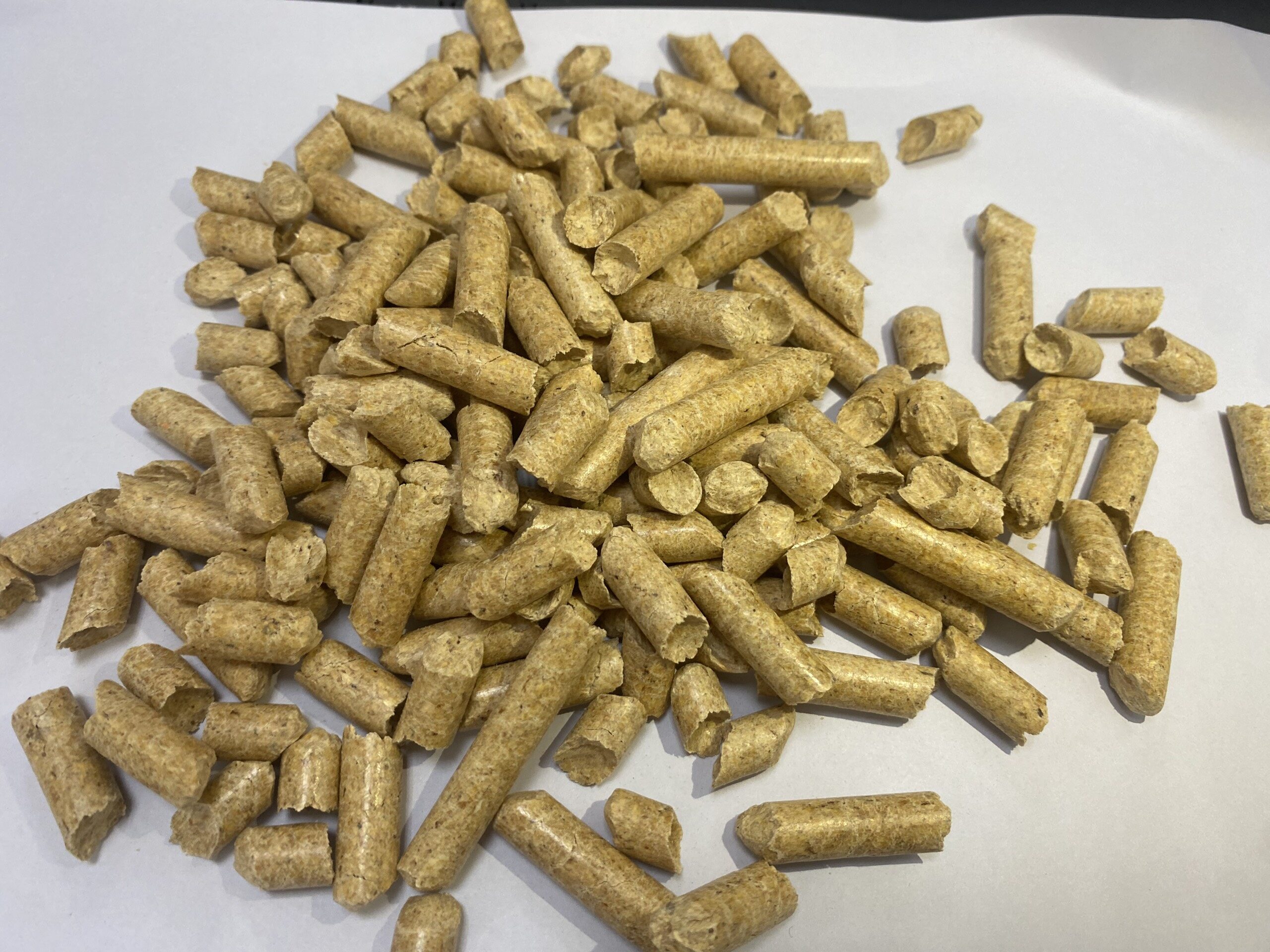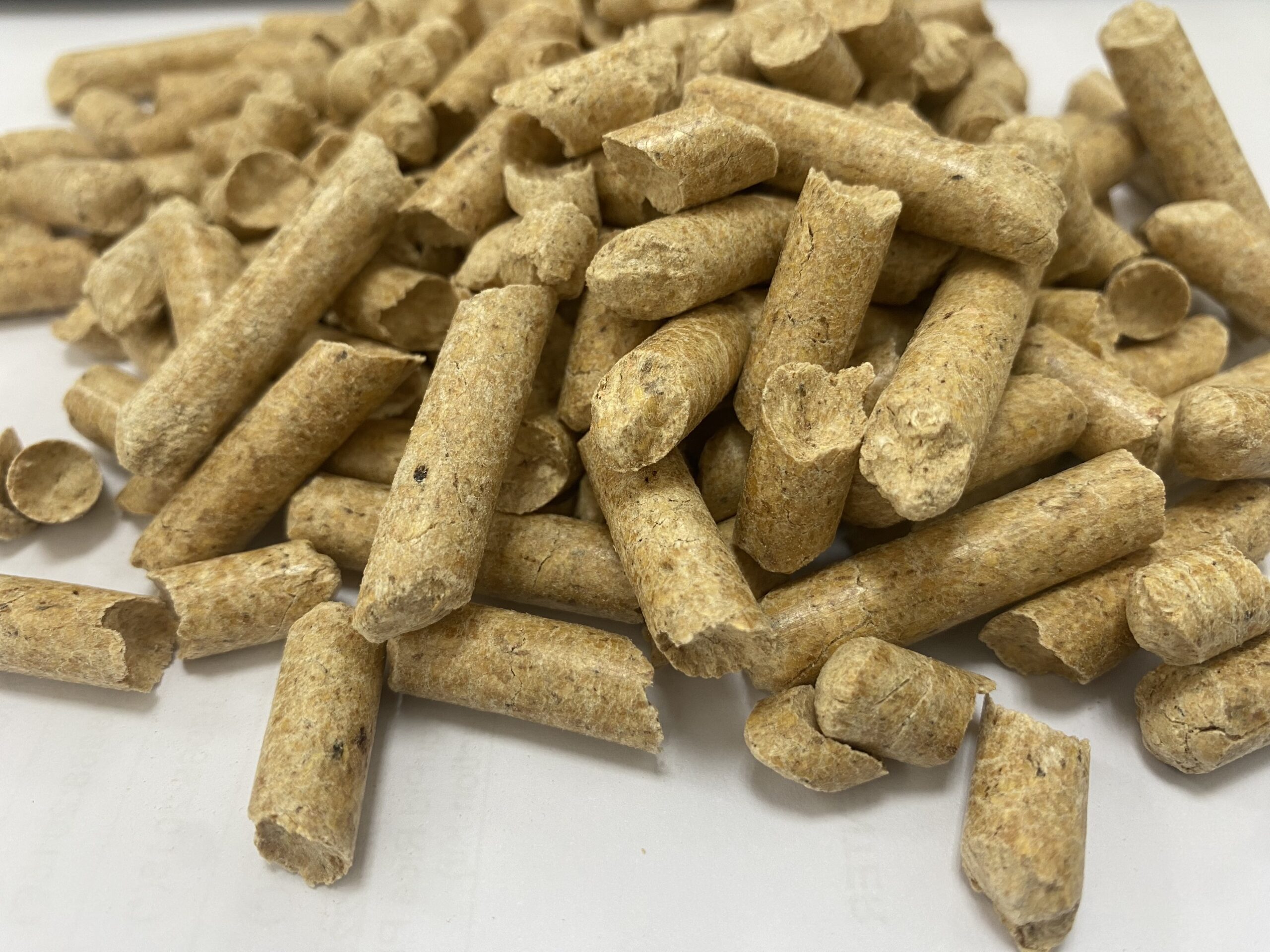HOW TO PROPERLY USE PINE WOOD PELLETS FOR HORSE BEDDING
Creating a clean, comfortable, and healthy environment for your horse is essential, and the type of bedding you choose plays a significant role in achieving this. Pine wood pellets have emerged as a popular choice for horse bedding due to their absorbency, odor control, and low dust production. However, to fully reap the benefits of pine wood pellets, it’s important to know how to use them correctly. This article provides a comprehensive, step-by-step guide on how to properly use pine wood pellets for horse bedding, along with tips for maintaining an ideal stable environment.

Why Proper Bedding Is Crucial
Proper bedding is more than just a comfortable place for your horse to rest; it impacts your horse’s health and overall stable hygiene. Inadequate or improperly managed bedding can lead to respiratory issues, skin infections, and hoof problems, not to mention the unpleasant odors that can develop. By using pine wood pellets correctly, you can significantly reduce these risks, creating a safer and more comfortable environment for your horse.
Step-by-Step Guide to Using Pine Wood Pellets for Horse Bedding
Step 1: Stall Preparation
Before introducing pine wood pellets, start by thoroughly cleaning the stall. Remove all old bedding, manure, and debris to create a clean slate. This step is crucial for preventing any leftover bacteria or moisture from contaminating the new bedding. Once the stall is clean, ensure that the floor is dry. If necessary, let it air out for a few hours to remove any residual moisture.
Step 2: Spreading the Pellets
Once the stall is ready, it’s time to spread the pine wood pellets. Start by evenly distributing a layer of pellets across the entire floor of the stall. The depth of this initial layer should be about 1 to 2 inches, depending on the size of the stall and your horse’s needs. A thicker layer might be necessary for larger horses or those with specific bedding preferences.
Step 3: Moistening the Pellets
Pine wood pellets are highly absorbent, and to maximize their effectiveness, you’ll need to activate them by adding a small amount of water. Lightly mist the pellets with water using a hose or a watering can. The goal is to dampen the pellets just enough to encourage them to expand and soften, but not to the point where they become overly wet. Typically, a few gallons of water per stall will suffice, but you can adjust the amount based on the pellets’ reaction.
Step 4: Allow the Pellets to Expand
After adding water, give the pellets some time to absorb the moisture and expand. This process usually takes a few hours. As the pellets absorb the water, they will break apart and turn into a soft, fluffy material that provides a comfortable bedding surface for your horse. You can speed up the process by lightly raking or fluffing the bedding with a fork, which helps distribute the moisture evenly.
Step 5: Final Adjustments
Once the pellets have fully expanded, you may need to make some final adjustments to the bedding. Use a rake or fork to level the bedding and ensure an even distribution across the stall. Pay attention to high-traffic areas or spots where your horse tends to stand or lie down, and add extra bedding as needed to ensure adequate cushioning and comfort.

Daily and Weekly Maintenance Tips
Daily Cleaning
To maintain a clean and healthy environment, it’s essential to perform daily maintenance on the bedding. Start by removing any manure and heavily soiled bedding. Pine wood pellets are excellent at clumping around wet spots, making it easier to identify and remove them. After cleaning, lightly rake the remaining bedding to redistribute it and fill in any low spots.
Adding Fresh Pellets
Depending on the size of your horse and the amount of time spent in the stall, you may need to add fresh pine wood pellets every few days. To do this, simply spread a thin layer of new pellets over the existing bedding, lightly moisten them, and allow them to expand as before. This will help maintain the bedding’s depth and absorbency.
Weekly Deep Cleaning
In addition to daily maintenance, a weekly deep clean is recommended to keep the stall in top condition. Remove all bedding from the stall, including any remaining clean pellets, and thoroughly clean the stall floor. This helps prevent the buildup of bacteria and ammonia, which can contribute to odors and health issues. After cleaning, allow the stall to dry completely before reapplying fresh pine wood pellets.
Common Mistakes to Avoid
Over-Saturating the Pellets
One of the most common mistakes when using pine wood pellets is over-saturating them with water. While it’s important to activate the pellets by adding moisture, too much water can cause the bedding to become soggy and heavy, leading to mold growth and an uncomfortable environment for your horse. Always aim to add just enough water to allow the pellets to expand without becoming overly wet.
Neglecting Daily Maintenance
Skipping daily maintenance can quickly lead to a dirty and unhealthy stall. Even though pine wood pellets are excellent at controlling moisture and odors, they still require regular cleaning to prevent the buildup of waste and bacteria. Make it a habit to clean the stall daily and to check for any signs of dampness or odor that may indicate the need for fresh bedding.
Using Too Little Bedding
Another common mistake is using too little bedding. A thin layer of pine wood pellets may not provide adequate absorbency or comfort for your horse, leading to wet spots and an uncomfortable surface. Ensure that you start with a sufficient amount of bedding and add more as needed to maintain the desired depth.

Advantages of Using Pine Wood Pellets Correctly
Enhanced Comfort for Your Horse
When used correctly, pine wood pellets provide a soft, cushioned surface that is gentle on your horse’s joints and hooves. The expanded pellets create a comfortable bed that supports your horse while lying down, reducing the risk of pressure sores and discomfort.
Improved Stall Hygiene
Proper use of pine wood pellets significantly improves stall hygiene. The pellets’ absorbent nature helps keep the stall dry, reducing the risk of bacterial growth and ammonia buildup. This not only creates a more pleasant environment but also promotes better respiratory health for your horse.
Cost-Effective Bedding Solution
Although pine wood pellets may have a higher initial cost compared to some other bedding materials, their long-lasting nature and superior absorbency make them a cost-effective solution in the long run. By reducing the frequency of bedding changes and minimizing waste, you can save money on bedding materials and maintenance time.
Conclusion
Pine wood pellets offer a highly effective bedding solution for horse owners, but to fully benefit from their properties, it’s important to use them correctly. By following the steps outlined in this guide, you can create a clean, comfortable, and healthy environment for your horse. Proper stall preparation, daily maintenance, and avoiding common mistakes will ensure that your pine wood pellet bedding performs at its best, providing your horse with the ideal living conditions. Investing time in correctly using pine wood pellets will pay off in the form of a happier, healthier horse and a more manageable stable.
Read more: https://vietnambestwood.com/general/pine-wood-pellet-cat-litter-tips/
